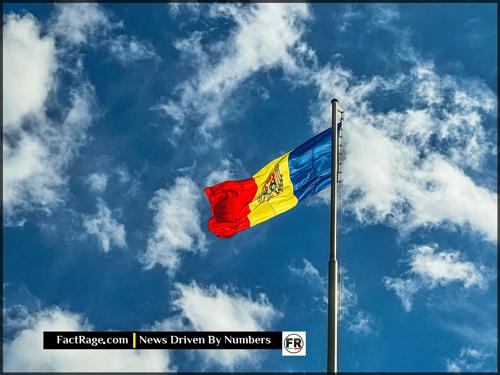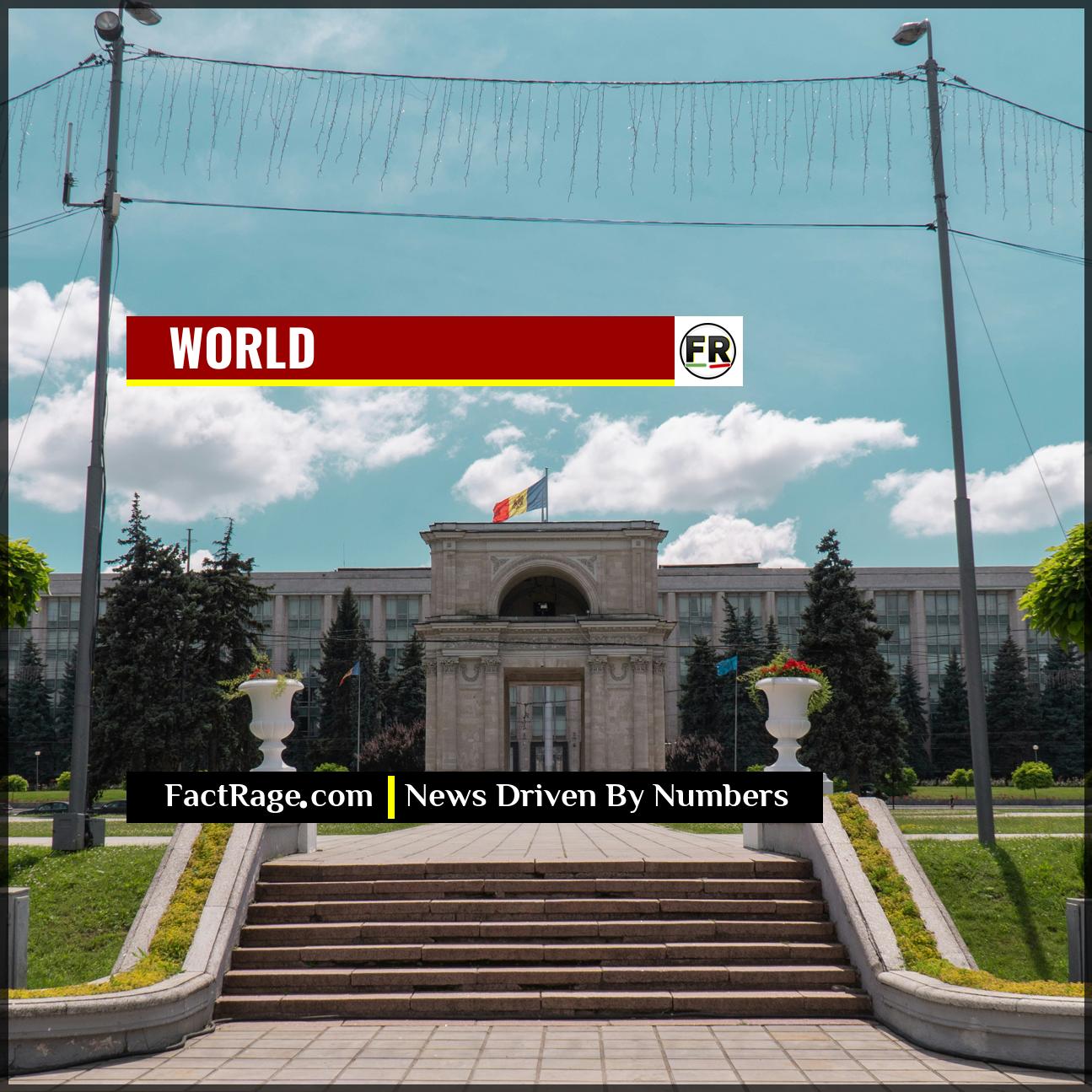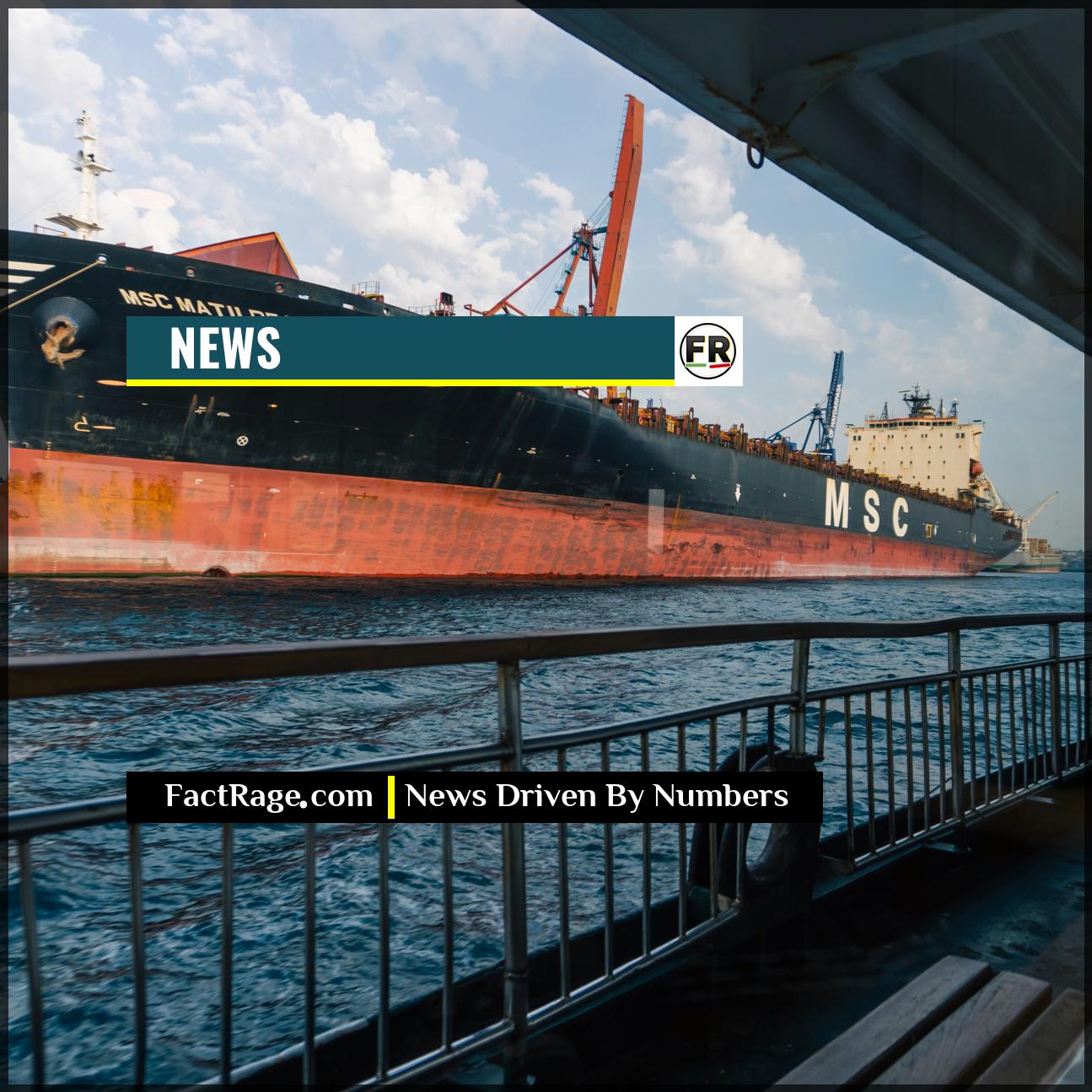CHIȘINĂU, MOLDOVA – Nestled between Ukraine and Romania, the Republic of Moldova has become a focal point of geopolitical competition, navigating a precarious path between aspirations for European integration and the enduring strategic interests of Russia.
- A Nation Divided – Moldovan society and politics are split between factions seeking closer ties with the European Union and those favoring alignment with Russia, reflecting deep historical and cultural divisions.
- The Transnistria Dilemma – The Russian-backed breakaway region of Transnistria remains a “frozen conflict” and a major impediment to Moldova’s sovereignty, hosting an estimated 1,500 Russian troops.
- Official EU Candidate – In June 2022, Moldova was granted EU candidate status, a landmark decision that formalized its pro-Western trajectory but also increased political and economic pressure from Moscow.
This small nation’s struggle is more than a local dispute; it is a microcosm of the broader tensions shaping the European continent. Understanding Moldova’s unique challenges requires a look at its history, its internal conflicts, and the external powers vying for influence.
Decoding the Diplomatic Tug-of-War
![]() The struggle over Moldova’s future is often framed as a simple contest between East and West, but the real story lies in the policy levers being pulled. This is a geopolitical conflict defined not by rhetoric, but by the strategic use of a decades-old “frozen conflict,” the complex procedural hurdles of EU accession, and the weaponization of energy dependence. Understanding these underlying mechanisms of influence is essential to grasping what is truly at stake for the nation and the broader region.
The struggle over Moldova’s future is often framed as a simple contest between East and West, but the real story lies in the policy levers being pulled. This is a geopolitical conflict defined not by rhetoric, but by the strategic use of a decades-old “frozen conflict,” the complex procedural hurdles of EU accession, and the weaponization of energy dependence. Understanding these underlying mechanisms of influence is essential to grasping what is truly at stake for the nation and the broader region.
Read On…
In the full article, we break down the historical context, the key political actors, and the strategic importance of the Transnistria region.
What Historical Forces Shape Moldova’s Divide?

Moldova’s contemporary political landscape is a direct result of its 20th-century history. As the Moldavian Soviet Socialist Republic, it was part of the Soviet Union for five decades, during which time Moscow promoted Russian language and cultural assimilation. However, a majority of the population speaks Romanian, and the country shares deep historical and cultural ties with its western neighbor, Romania, an EU and NATO member.
Since gaining independence in 1991, this duality has defined its politics. A succession of governments has oscillated between pro-Russian and pro-Western platforms. The current government, led by President Maia Sandu and the Party of Action and Solidarity (PAS), has pursued an aggressive pro-EU agenda. This platform includes seeking full EU membership, implementing anti-corruption reforms, and reducing the country’s energy dependence on Russia. This stance is directly challenged by pro-Russian opposition parties, which argue that closer ties with Moscow are essential for economic stability and appeal to a segment of the population wary of severing historical ties.
How Does Transnistria Complicate Moldova’s Future?
The single greatest obstacle to Moldova’s political and economic stability is the unresolved status of Transnistria. This narrow strip of land on the eastern bank of the Dniester River declared independence from Moldova in 1990, fearing a potential unification with Romania. A brief but violent war in 1992 ended in a ceasefire brokered by Moscow, effectively “freezing” the conflict.
Today, Transnistria operates as a de facto independent state with its own government, military, and currency, though it is not recognized by any UN member state, including Russia. Crucially, its existence is guaranteed by the presence of the Operational Group of Russian Forces (OGRF), a contingent of approximately 1,500 Russian soldiers who ostensibly serve as peacekeepers and guard a massive Soviet-era ammunition depot.
For Moldova, Transnistria is a constant threat to its sovereignty and a powerful lever of influence for Moscow. Russia can use the region to destabilize Moldova’s government, disrupt its economy, and complicate its aspirations for joining Western institutions like the EU, which generally requires applicants to have control over their own territory.
What Are the Stakes of Moldova’s EU Candidacy?
Receiving EU candidate status in 2022 was a political victory for the pro-Western government, but it also marked the beginning of a long and arduous process. To advance toward full membership, Moldova must undertake significant reforms targeting judicial independence, public administration, and the rule of law, particularly in combating systemic corruption.
The path is fraught with challenges. Economically, Moldova has been one of Europe’s poorest countries and has historically relied heavily on Russian natural gas, a dependency Moscow has previously used for political leverage. Furthermore, the country has been the target of what its government calls “hybrid warfare” from Russia, including disinformation campaigns, cyberattacks, and the fomenting of anti-government protests aimed at undermining the pro-EU leadership.
The stakes are incredibly high. Successful integration into the EU could offer Moldova economic prosperity, democratic stability, and security. However, failure to manage the reform process or counteract external pressures could lead to prolonged instability, leaving the nation in a geopolitical gray zone between East and West.
The Sovereignty Equation
![]() Moldova’s future is not merely a domestic concern; it represents a critical test of the European Union’s expansionist strategy and Russia’s capacity to maintain its sphere of influence. The outcome will be determined by a complex equation involving Chișinău’s commitment to difficult internal reforms, Moscow’s use of economic and political leverage, and the international community’s approach to the long-standing Transnistria conflict. Ultimately, the resolution of Moldova’s geopolitical balancing act will serve as a powerful indicator of the future alignment of power across Eastern Europe.
Moldova’s future is not merely a domestic concern; it represents a critical test of the European Union’s expansionist strategy and Russia’s capacity to maintain its sphere of influence. The outcome will be determined by a complex equation involving Chișinău’s commitment to difficult internal reforms, Moscow’s use of economic and political leverage, and the international community’s approach to the long-standing Transnistria conflict. Ultimately, the resolution of Moldova’s geopolitical balancing act will serve as a powerful indicator of the future alignment of power across Eastern Europe.














